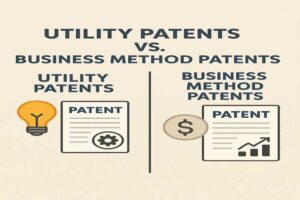When an entrepreneur writes a business plan he generally finishes it with financial projections without explaining how s/he came up with these figures.
Without reading the reasoning enabling the understanding of the assumptions on which the financial projections are built, there is no way the investor, the financier or the bank will secure a financing.
Therefore, it is important to write the reasoning in a litterary and not in a telegraphic manner.

During the writing of this detailed reasoning:
Almost nobody can figure out if a revenue of USD 30,000 per day for a bakery with only one salesperson is high or low.
But everyone can instantaneously know that 3,000 customers buying each for USD 10.00 of bread will hardly be served by 1 person. If the bakery is opened for 10 hours a day then it is opened for 36,000 seconds per day. Thus the salesperson would need to serve one customer every 12 seconds…!
How realistic is that ?
 That is why it is important to check the realism of the assumptions on which the financial projections are built.
That is why it is important to check the realism of the assumptions on which the financial projections are built.
The best way to buikd realistic assumptions is to start from a coherent reasoning enumerating each assumption in its context
written in to go up to complete fully developed financial projections.
The solidity of their foundation is something that will reflect on the quality of the overall budget or of the feasibility study.
My mentor used to say that projections budgets and feasibility studies are meant to be wrong; if it was otherwise and they could be totally precise, one would save the effort and do accounting directly.







